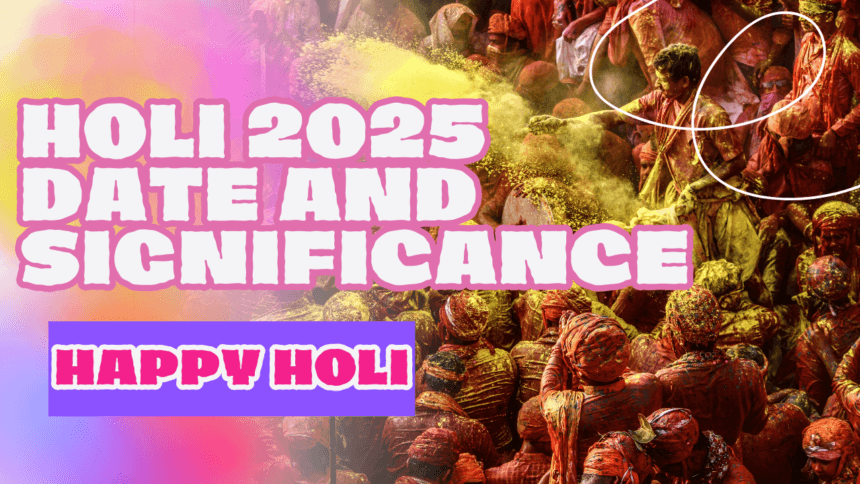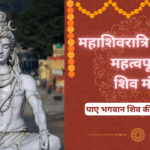One of India’s most colorful and extensively observed holidays is Holi, often known as the festival of colors.
It symbolizes the triumph of good over evil and the coming of spring.
Rangwali Holi (color play) and Holika Dahan (bonfire night) are the two celebrations of the holiday.
Nonetheless, the eight-day period known as Holashtak, which is unlucky for conducting auspicious rituals, marks the beginning of Holi preparations far earlier.
Beginning on March 7 and ending on March 14, 2025, Holashtak will culminate in Holika Dahan on the evening of March 13 and Holi on March 14.
Let’s take a closer look at these important factors.
Holashtak: The eight inauspicious days before Holi
The eight-day period known as Holashtak begins on the Ashtami Tithi, or eighth day, of the Shukla Paksha in the month of Phalguna.
This concludes on the day of Purnima, which is the full moon, with Holika Dahan.
Why does Holashtak have a bad reputation?
The Holashtak is unlucky because it is thought that planetary movements disrupt people’s life.
These days are not the time for marriage ceremonies, home parties, new company endeavors, or any other auspicious labor.
In North Indian states like Uttar Pradesh, Bihar, Rajasthan, Haryana, Himachal Pradesh, and Punjab, Holashtak is followed.
In some places of India, this idea is not followed.
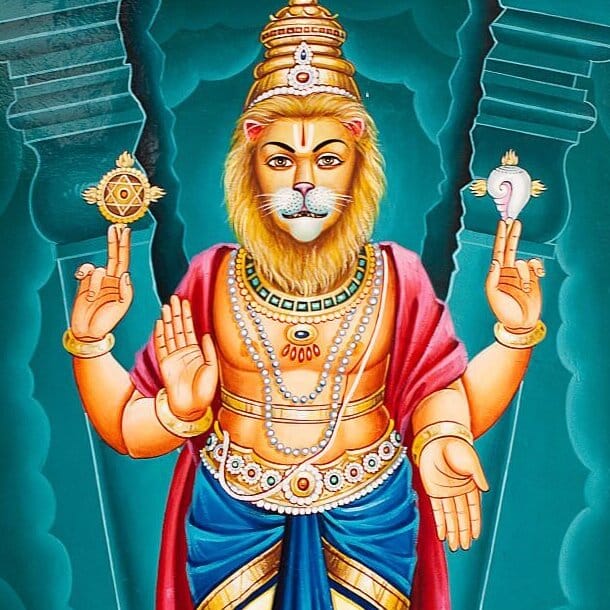
Mythological significance of holashtak
The Vishnu and Bhagavata Puranic references to the tale of Bhakt Prahlada and Hiranyakashipu are deeply in Holashtak.
All people were to worship Hiranyakashipu, a strong demon ruler who believed he was unbeatable.
Nevertheless, Prahlada, his own son, was a devout devotee of Lord Vishnu.
For eight days, Hiranyakashipu, furious with his son’s devotion, tortured Prahlada severely in an attempt to alter his beliefs.
But because of his unshakable faith in Lord Vishnu, Prahlada was safe.
At last, on the ninth day, Hiranyakashipu turned to his sister Holika for assistance.
Holika had a blessing that rendered her impervious to fire.
She entered a flaming pyre after deceiving Prahlada into sitting on her lap.
But, Prahlada spared injury but Holika was reduced to ashes.
Therefore, the eight days preceding up to Holika Dahan represent the agony Prahlada went through before to the final victory of dedication and faith.
Holashtak traditions and observances
Temples and houses begin preparing for Holi during Holashtak by installing a wooden pole or tree branch as a symbolic image of Holika.
Furthermore, believers practice altruism by providing food, clothing, and cash to the underprivileged.
In many parts of India, Holi festivities begin with traditional music, dance performances, and social gatherings.
Many people engage in special prayers, meditation, and fasting in an attempt to gain divine benefits.
Holika Dahan: The bonfire ritual on 13th march 2025
On the full moon night of Purnima in Phalguna month, Holika Dahan is a significant rite.
Negativity and ego are symbolically burned.
Holika Dahan Ritual A few days prior to the event, Holika Dahan preparations get underway:
- Wood and Cow Dung Cakes:
In communities, temples, and public spaces, a bonfire is erected in a communal location.
- Effigy of Holika and Prahlada Is Placed:
Traditionally, an idol of Prahlada (made of non-flammable material) and an effigy of Holika (made of combustible material) are place close to the fire.
- Holika Dahan’s Fortunate Time:
Holika Dahan is generally at Pradosh Kaal, which is after sunset but before midnight.
People must stay away from Bhadra Kaal as it is unlucky to do Holika Dahan during this period.
- Individuals assemble and carry out the customs:
presenting roli, rice, turmeric, flowers, and coconuts, as tying sacred threads (Moli) around the bonfire.
Reciting Vedic mantras and chanting “Holika Mata Ki Jai” praying for protection and prosperity as you burn the campfire and walk around it three to seven times.
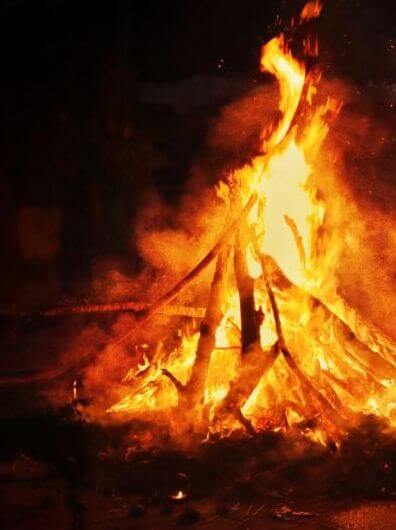
Significance of Holika Dahan
Holika Dahan holds profound spiritual significance:
Victory of good over evil: Purity always wins out, just as Prahlada’s devotion overcame Holika’s malevolent intents.
Negativity is burned: To represent the removal of negativity from their lives, people write down their issues, anxieties, and pessimistic ideas and then toss them into a fire.
Relevance to agriculture: Indian farmers honor nature’s gifts by celebrating Holi as a festival of a bountiful crop.
Holi: The festival of colours (14th March 2025)
Rangwali Holi, is celebrated after holika dahan
It is a time for people to show their joy and play with color.
India’s Celebrations of Holi
India’s various regions have their own customs of celebrating Holi:
Women jokingly strike males with sticks in Barsana and Nandgaon (Lathmar Holi), reenacting the story of Radha and Krishna.
Grand processions and Phoolon ki Holi (Flower Holi) are part of the week-long celebrations in Mathura and Vrindavan.
Shantiniketan (West Bengal): The cultural celebration of Basanta Utsav.
The Sikh community in Punjab (Hola Mohalla) hosts horseback riding competitions and a martial arts exhibition.
The Shigmo Festival in Goa is a large, carnival-style Holi celebration that includes street parades and folk entertainment.
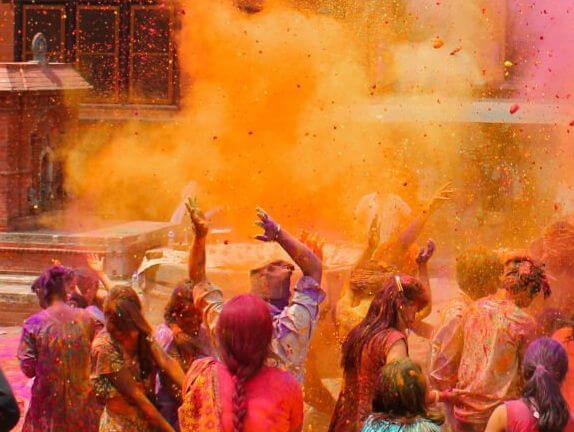
Foods and sweets of Holi
Holi wouldn’t be complete without mouthwatering traditional treats like:
Gujiya: Khoya and dry fruits stuffed in sweet dumplings.
Thandai: A cool beverage made with saffron, milk, and almonds.
Malpua: Sweet pancakes with sugar syrup are malpua.
Dahi wada: Lentil dumplings dip in yogurt and seasonings are dahi vada.
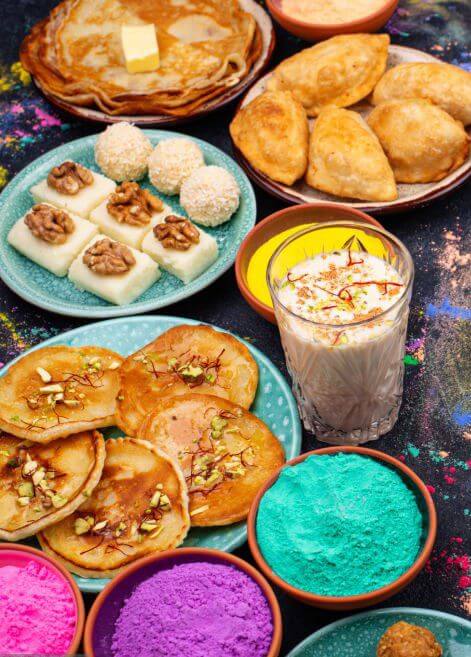
Astrological and spiritual Importance of Holi
The planetary influences of Holashtak advise against making important judgments.
The fire of Holika Dahan destroy houses of bad energy.
The colors of Holi represent cosmic energy that provide life harmony and balance.
Conclusion
Holi has profound spiritual, cultural, and societal importance and is more than just a color-themed festival.
It serves as a reminder to let rid of negativity, embrace optimism, and joyfully enjoy life.
People will come together in 2025 to celebrate love, unity, and fresh starts with Holashtak from March 7 to March 14, Holika Dahan on March 13, and Holi on March 14.
Cheers to Holi 2025!


